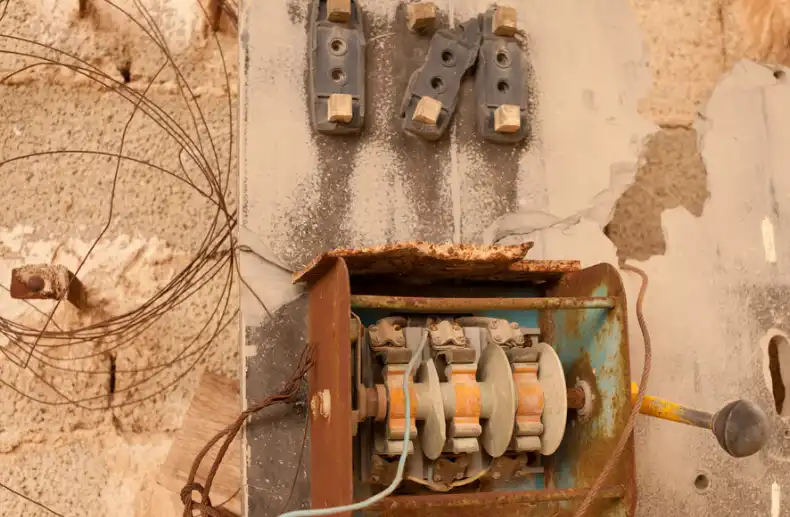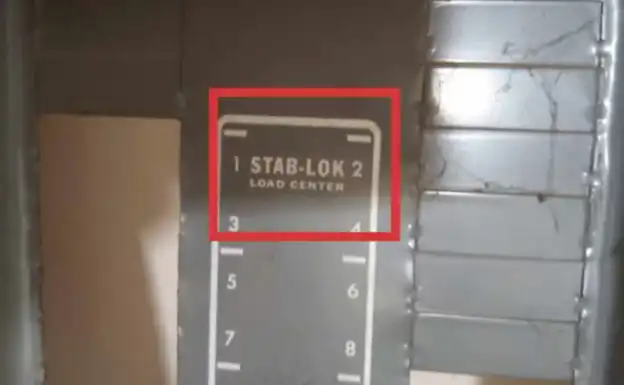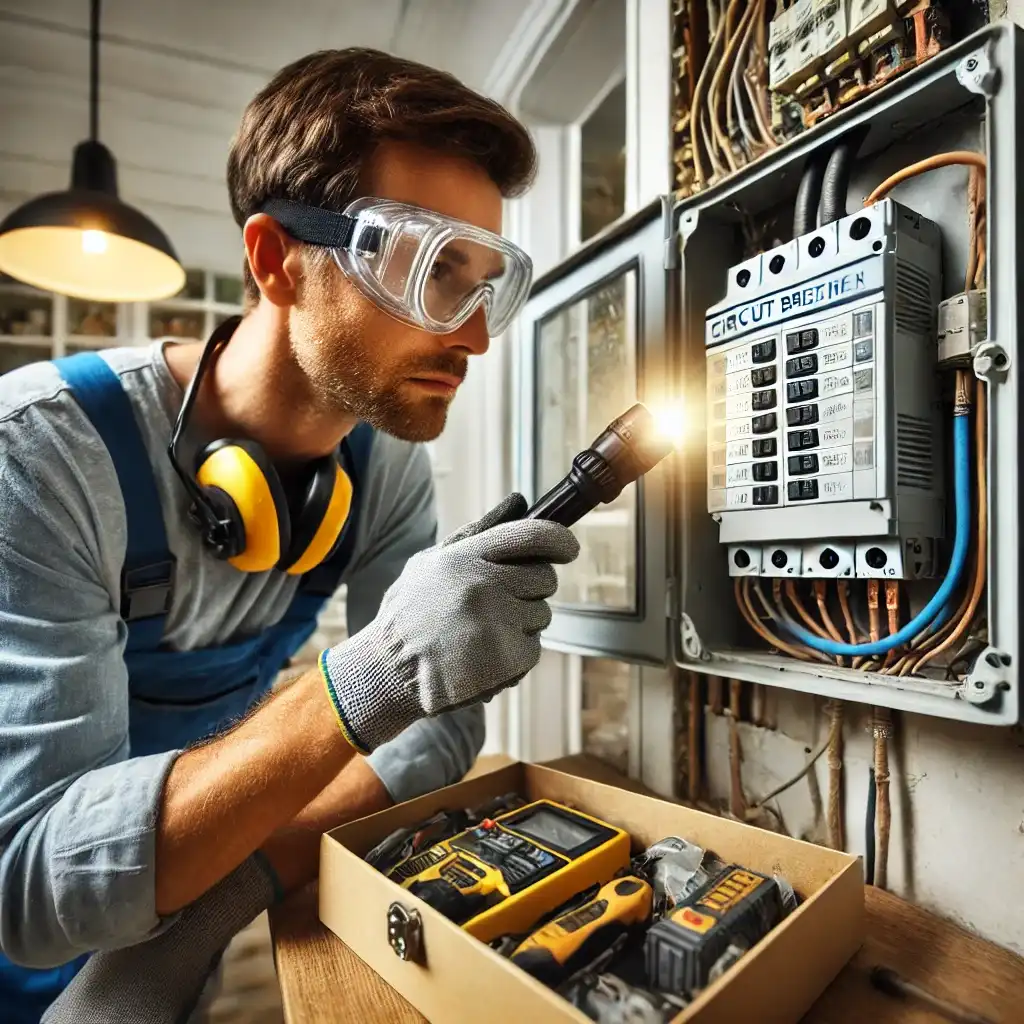In modern home or industrial power systems, circuit breakers are the basic devices ensuring electrical safety. However, many users neglect the potential risks of old circuit breakers – they can become “invisible bombs” in the power system due to material aging, outdated technology, or inadequate maintenance.
Throughout this article, we will discuss in detail the potential safety hazards that can be caused by aged circuit breakers and provide helpful safety advice to help you maintain the electrical safety of your home and business.
Why are old circuit breakers a safety hazard?
Material aging and performance degradation
The insulation materials inside the circuit breaker, such as rubber and plastic, will gradually harden and crack over time, leading to a decrease in insulation performance.
For example, a circuit breaker that has been in use for more than 25 years may lose its arc extinguishing chamber sealing due to SF6 gas leakage, resulting in insufficient breaking capacity. In addition, accumulated contact wear (such as electrical corrosion) can reduce the response speed of equipment to short-circuit currents and increase the risk of arc explosions
Not meeting modern safety standards
Old circuit breakers often fail to meet current electrical safety standards in terms of design, materials, and functionality, and this technological gap directly threatens electrical safety. For example, some old-fashioned distribution panels (such as the Stab lok series) have been proven to have the risk of false tripping or failure due to design defects
Improper maintenance of circuit breaker
Mechanical blockage: Long term un lubricated transmission components may cause circuit breakers to fail to open and close properly, resulting in sustained overload
Chemical pollution: Residual oil or chemical corrosion inside old circuit breakers may contaminate the environment and even cause fires
Danger signals from old circuit breakers
When the following signs appear, your circuit breaker may be in a dangerous state:
- Frequent tripping
- Burnt odor
- The lights flicker or dim
- The light bulb frequently burns out
- The socket feels very hot to the touch
- The socket makes a crackling sound
- Sparks in the socket
- Wire wear and tear
How to prevent safety hazards caused by old circuit breakers
To minimize the risks associated with old circuit breakers, you can take the following measures:
1. Regular inspection and maintenance
Regularly inspect the electrical system, including circuit breakers, to ensure that they are functioning well. Especially when there is constant tripping, overheating and other problems in electrical appliances, professional electricians need to be summoned for timely inspection and maintenance.
2. Replace the old circuit breaker
When the service life of the circuit breaker exceeds the recommended range or when there are obvious signs of failure, replacement with new equipment should be performed. New circuit breakers offer greatly enhanced safety and reliability over aged equipment.
3. Have a professional electrician install and maintain
Should you not have technical skills in electrical maintenance, employing competent electricians to install and maintain circuit breakers is the recommended course of action. Skilled personnel will ensure that the electrical system adheres to safety requirements and ensures accidents are averted due to misuse.
How do I know how old my circuit breaker is?
Individual circuit breaker equipment should be labeled with the production date. If there are no labels, you may see date codes printed or etched on visible parts.
For the panel itself, the printed circuit breaker may have the manufacturing date printed on it. Usually on the door.
The typical service life of a circuit breaker is 25 to 40 years. If your circuit breaker is over 25 years old, it may have problems and it is recommended to have it checked
FAQ
How frequently should the circuit breaker be replaced?
Typically, the lifespan of circuit breakers is 25-40 years, depending on usage and maintenance. In case of malfunction or equipment aging, it must be replaced immediately.
How to know whether my circuit breaker should be replaced?
If there is scorch marks or damage on the circuit breaker case, or if the circuit breaker keeps tripping, it will likely need to be replaced.
What are the safety risks that circuit breaker failure will bring?
Circuit breaker failure can lead to current overload, which will make it difficult to cut off power in time, resulting in safety hazards such as fire, electrical equipment damage, or electric shock.
Can I do it myself to install a new circuit breaker?
If you do not have any experience in electrical maintenance, don’t install a new circuit breaker yourself. It’s always best to have a professional electrician do it.
Here are some information that you may have just been interested in:
Single pole miniature circuit breaker
Common fault diagnosis guide for miniature circuit breakers
Lines and loads: Understanding the key differences of wires





